While no one would buy a new house without a 10-year structural warranty, many self-builders are willing to ignore a warranty for their project and opt instead for architect certification of their property.
While this may save some money during the project, it could be a false economy because an architect’s certificate merely states that the building has been built to the required minimum standard – it is not an insurance policy.
If there is a structural fault once your home is complete, it would be down to you, the homeowner, to take legal action to prove that the structural fault was as a result of the architect’s negligence. This is much less attractive than having an insurance policy that covers specific occurrences regardless of whether this was the architect’s fault or not.
A structural warranty will usually last for 10 years and provides the following cover:
- Cover for the cost of complete or partial rebuilding or rectifying work to the new development that has been affected by major damage.
- Cover for the cost of making good any defect in design, workmanship, materials or components in the drainage system.
- Cover for repairing, replacing or rectifying any part of the waterproof envelope as a result of the ingress of water caused by a defect in the design, workmanship, materials or components.
- Cover for the cost of making good any defects in the chimneys and flues (that were newly constructed) causing imminent danger to the health and safety of occupants.
On top of this cover, a structural warranty normally includes a site technical audit and ‘key stage’ technical inspections that not only give you the comfort of knowing your build is being erected properly, but can also be used as the trigger for the next stage of your self-build mortgage being released if you are using an advance stage payment mortgage.
What’s more, if you are planning to sell your self-build house within 10 years of its completion, a warranty that can be transferred to a new owner for the balance of its term can be a very valuable sales feature. Preparation for any self-build project is very important and the time to select your site insurance and warranty is during the planning stage. This will ensure that if things do go wrong during your project you have the means to overcome any problems.
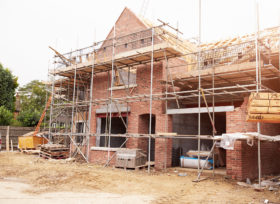





























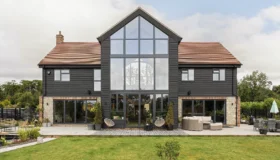






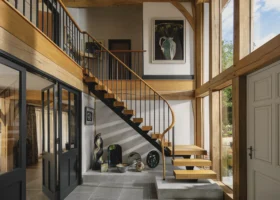
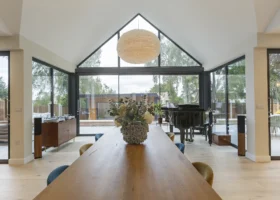


























































 Login/register to save Article for later
Login/register to save Article for later


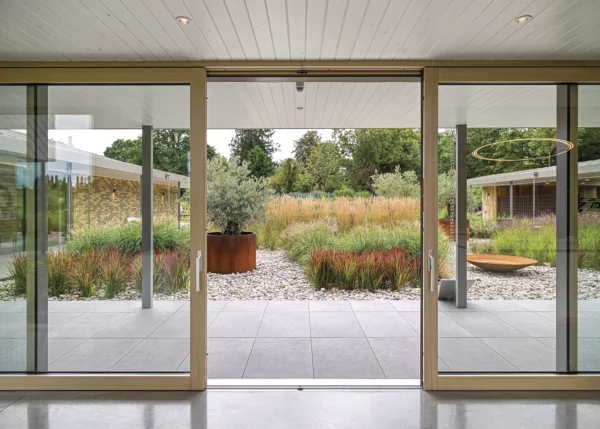
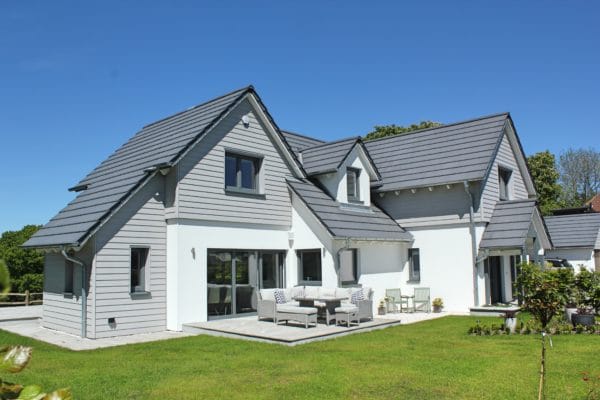







Comments are closed.